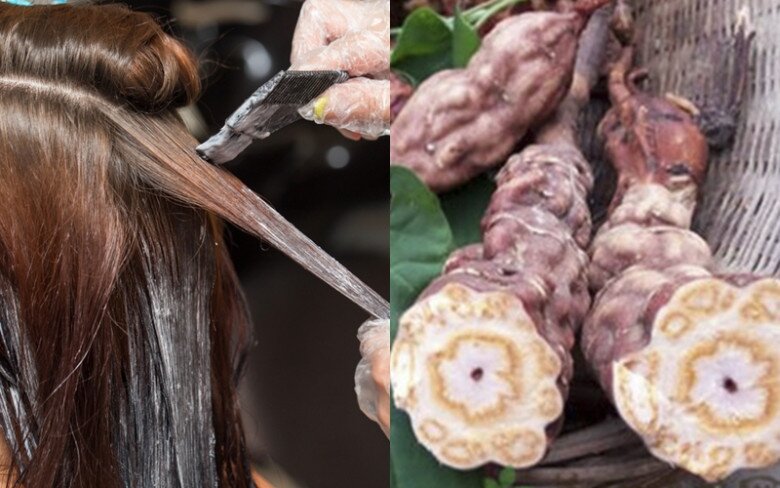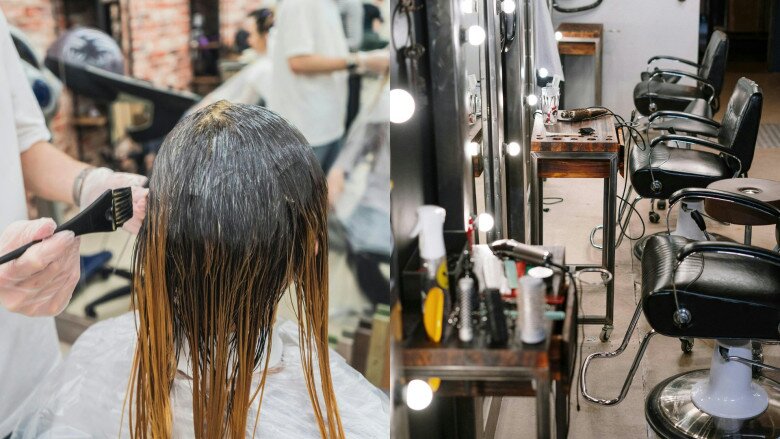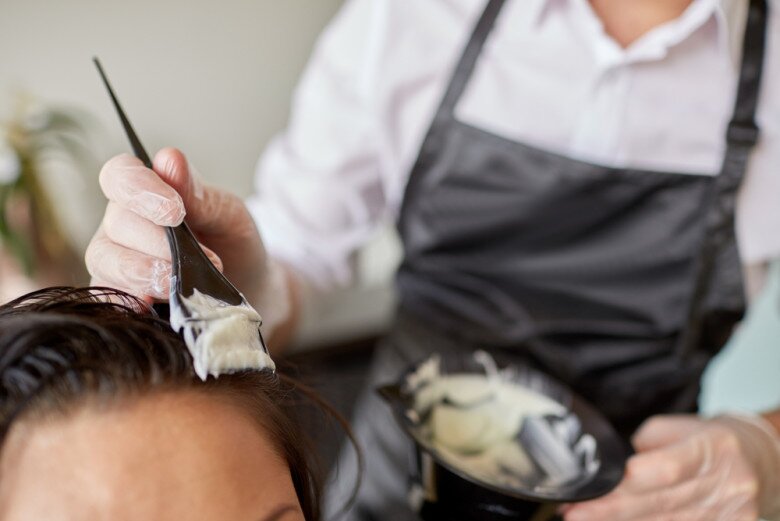Whether it’s young people wanting a mood-boosting hair transformation or older individuals seeking to conceal their grays, a trip to the salon or a DIY home dye kit can do the trick. However, before you go ahead and dye your hair, there’s one type of hair dye you must steer clear of: Polygonum multiflorum or Foti hair dye.
Does Foti Hair Dye Interfere with Professional Hair Coloring?
Hair dyes can be categorized into three types: temporary, semi-permanent, and permanent. Salon dyes, foam dyes, and vegetable-based dyes are examples of permanent hair dyes, achieved through chemicals like dyes, hydrogen peroxide, and phenylenediamine. These chemicals allow the dye to adhere to the melanin in your hair, creating a lasting color.
While the basic principle of hair dyeing remains the same, the effects can vary depending on the product’s ingredients. Recently, a social media user on Threads shared a post stating: “If you’ve ever used hair dye containing Polygonum multiflorum (Foti), hair stylists will definitely refuse to dye your hair again.” The user went on to explain that they had watched a video of a professional hairstylist resolutely refusing to work with hair that had been treated with Foti dye, sparking their curiosity about the reason behind this refusal.

Using Foti hair dye can impact subsequent hair coloring, making it challenging to achieve a new shade.
Following this post, numerous hairstylists shared their experiences and insights into the effects of this dye on future coloring. “The color of Foti-containing dyes will hinder other colors if you want to re-dye, and that’s what hairstylists fear the most,” shared one stylist, while another commented, “I would also refuse because, although Foti is advertised as natural, in reality, there are too many ingredients that we’re unsure of. It could lead to color bleeding or even hair breakage after applying the dye, so I wouldn’t take the risk.” Foti hair dye, despite its natural-sounding name, presents numerous challenges for hairstylists. They are unable to perform perms, change colors, or bleach the hair to achieve more fashionable shades. As such, if a client has previously used Foti hair dye, the only advice these stylists can offer is to “grow their hair out and cut off the dyed portion.”
In addition to Foti hair dye, some individuals also revealed that foam dyes, silver ion-containing dyes, and seaweed extract dyes are considered “color blockers”, making it challenging to switch up your hair color.

Foam dyes, silver ion-containing dyes, and seaweed extract dyes are considered “color blockers.”
Understanding “Color Blocking” in Hair Dyeing
“Color blocking” refers to when the dye is unable to cover the original hair color, resulting in uneven patches of color. This issue commonly arises for individuals who have previously dyed their hair and now wish to change their shade. The presence of heavy metal components in the hair dye can cause pigment particles to penetrate the hair cuticles, leading to subsequent dye jobs failing to take, resulting in patchy or uneven color, or hair that resists bleaching.
Additionally, the fashion and beauty website “VISAGES” outlines other reasons why your dyed hair may end up patchy and uneven, including:

Previous red or black hair dye jobs can make subsequent coloring more prone to patchiness and unevenness.
I Previously Dyed My Hair Red
Red pigments tend to cling to hair more stubbornly, resulting in longer-lasting red shades. However, this can also lead to color bleeding and unwanted color variations when you attempt to dye your hair in the future. As such, if you’re looking to switch from a warm red or similar shade to a cooler tone, your stylist will typically perform a color correction process to restore your hair to a clean slate that’s easier to work with.
I Used Acid Hair Dye
Acid hair dyes create color by coating the outer layer of the hair with acidic dye instead of opening the hair cuticle. While this method is relatively harmless to the hair and can produce bright, vibrant colors, it also makes changing your hair color more challenging down the line.

Acid hair dyes and the overuse of color-enhancing products can make subsequent color applications more difficult.
I Dyed My Hair Black Previously
Black hair dye operates on a similar principle to acid dyes, impacting future color changes and requiring strong bleach if a shift is desired.
Overuse of Color-Enhancing Products
Frequent use of color-enhancing products, such as color-depositing shampoos and conditioners, can easily lead to color buildup. This is especially true if you continue using these products as your natural hair grows out, potentially resulting in severe color blockage in the new hair.
Why Do Many Middle-Aged Women Opt for Their Natural Hair Color, Even Though Dyeing Could Make Them Look a Decade Younger?
“Dye your hair and take a decade off your age.” This is the promise that many mature women seek when it comes to hair coloring. Yet, a growing number are forgoing the dye and even embracing styles typically associated with younger women. So, why are they abandoning the dye and opting to embrace their natural silver strands?






































